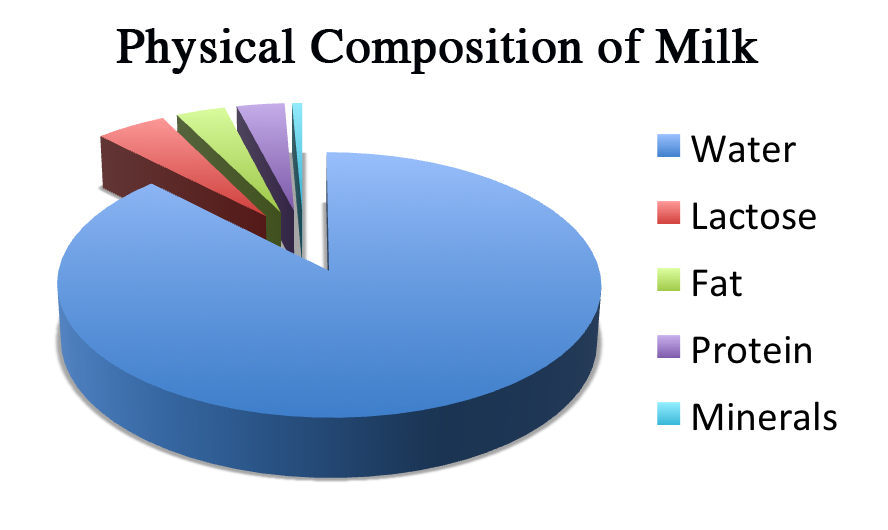Cheesemaking: From Liquid to Solid
Students make fresh mozzarella cheese and discover the science (changing a liquid to a solid), art, and craft involved in the development of specialty cheese.
Background
Lesson Activities
Recommended Companion Resources
Credits
Author
Andrea Gardner, Rashel Clark, and Lynn Wallin | National Center for Agricultural Literacy (NCAL)
Sources
- https://www.popcornforthepeople.com/blogs/blog/11-fun-facts-about-cheese
- https://www.huffpost.com/entry/holes-in-swiss-cheese_n_1428707
- http://www.expo2015.org/magazine/en/taste/10-things-you-did-not-know-about-mozzarella.html
- https://nationalhistoriccheesemakingcenter.org/history-of-cheese/
- https://www.usdairy.com/news-articles/cheese-types-what-you-need-to-know-about-cheese
- https://www.idfa.org/history-of-cheese
- Foods Experimental Perspectives. 7th edition. Margaret McWilliams
- Say Cheese! A Kid's Guide to Cheese Making. Ricki Carroll and Sarah Carroll
- https://www.statista.com/topics/1583/cheese-market/
- https://www.ibisworld.com/industry-statistics/employment/cheese-production-united-states/
Standards
Texas Content Area Standards
-
Science: 3.112.5.b.1
Scientific and engineering practices. The student asks questions, identifies problems, and plans and safely conducts classroom, laboratory, and field investigations to answer questions, explain phenomena, or design solutions using appropriate tools and models. The student is expected to:
- Science: 3.112.5.b.1.E: collect observations and measurements as evidence
-
Science: 3.112.5.b.4
Scientific and engineering practices. The student knows the contributions of scientists and recognizes the importance of scientific research and innovation for society. The student is expected to:
- Science: 3.112.5.b.4.A: explain how scientific discoveries and innovative solutions to problems impact science and society
- Science: 3.112.5.b.4.B: research and explore resources such as museums, libraries, professional organizations, private companies, online platforms, and mentors employed in a science, technology, engineering, and mathematics (STEM) field to investigate STEM careers
-
Science: 3.112.5.b.5
Recurring themes and concepts. The student understands that recurring themes and concepts provide a framework for making connections across disciplines. The student is expected to:
- Science: 3.112.5.b.5.A: identify and use patterns to explain scientific phenomena or to design solutions
-
Science: 3.112.5.b.6
Matter and energy. The student knows that matter has measurable physical properties that determine how matter is identified, classified, changed, and used. The student is expected to:
- Science: 3.112.5.b.6.C: predict, observe, and record changes in the state of matter caused by heating or cooling in a variety of substances such as ice becoming liquid water, condensation forming on the outside of a glass, or liquid water being heated to the point of becoming water vapor (gas)
- Science: 3.112.5.b.6.D: demonstrate that materials can be combined based on their physical properties to create or modify objects such as building a tower or adding clay to sand to make a stronger brick and justify the selection of materials based on their physical properties
-
Science: 4.112.6.b.1
Scientific and engineering practices. The student asks questions, identifies problems, and plans and safely conducts classroom, laboratory, and field investigations to answer questions, explain phenomena, or design solutions using appropriate tools and models. The student is expected to:
- Science: 4.112.6.b.1.E: collect observations and measurements as evidence
-
Science: 4.112.6.b.4
Scientific and engineering practices. The student knows the contributions of scientists and recognizes the importance of scientific research and innovation for society. The student is expected to:
- Science: 4.112.6.b.4.A: explain how scientific discoveries and innovative solutions to problems impact science and society
- Science: 4.112.6.b.4.B: research and explore resources such as museums, libraries, professional organizations, private companies, online platforms, and mentors employed in a science, technology, engineering, and mathematics (STEM) field to investigate STEM careers
-
Science: 4.112.6.b.5
Recurring themes and concepts. The student understands that recurring themes and concepts provide a framework for making connections across disciplines. The student is expected to:
- Science: 4.112.6.b.5.A: identify and use patterns to explain scientific phenomena or to design solutions
-
Science: 4.112.6.b.6
Matter and energy. The student knows that matter has measurable physical properties that determine how matter is identified, classified, changed, and used. The student is expected to:
- Science: 4.112.6.b.6.A: classify and describe matter using observable physical properties, including temperature, mass, magnetism, relative density (the ability to sink or float in water), and physical state (solid, liquid, gas)
-
Science: 5.112.7.b.1
Scientific and engineering practices. The student asks questions, identifies problems, and plans and safely conducts classroom, laboratory, and field investigations to answer questions, explain phenomena, or design solutions using appropriate tools and models. The student is expected to:
- Science: 5.112.7.b.1.E: collect observations and measurements as evidence
-
Science: 5.112.7.b.4
Scientific and engineering practices. The student knows the contributions of scientists and recognizes the importance of scientific research and innovation for society. The student is expected to:
- Science: 5.112.7.b.4.A: explain how scientific discoveries and innovative solutions to problems impact science and society
-
Science: 5.112.7.b.5
Recurring themes and concepts. The student understands that recurring themes and concepts provide a framework for making connections across disciplines. The student is expected to:
- Science: 5.112.7.b.5.A: identify and use patterns to explain scientific phenomena or to design solutions
-
Science: 5.112.7.b.6
Matter and energy. The student knows that matter has measurable physical properties that determine how matter is identified, classified, changed, and used. The student is expected to:
- Science: 5.112.7.b.6.C: compare the properties of substances before and after they are combined into a solution and demonstrate that matter is conserved in solutions
